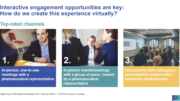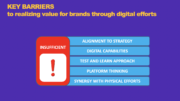“Real digital transformation occurs when courageous leaders align goals in practice as well as theory, manage opportunity more than risk, and prioritise the future versus retrofit the present.”
Indian Pharma companies are recognising that, due to COVID-19 and its impact on people and overall health systems, they are going to have to find new ways to engage with their customers.
In-person engagement is still the current standard that pharma companies use to interact with their customers. These standard practices are changing because of COVID-19 and will likely continue to change, as this is a behavioural trigger point for the industry.
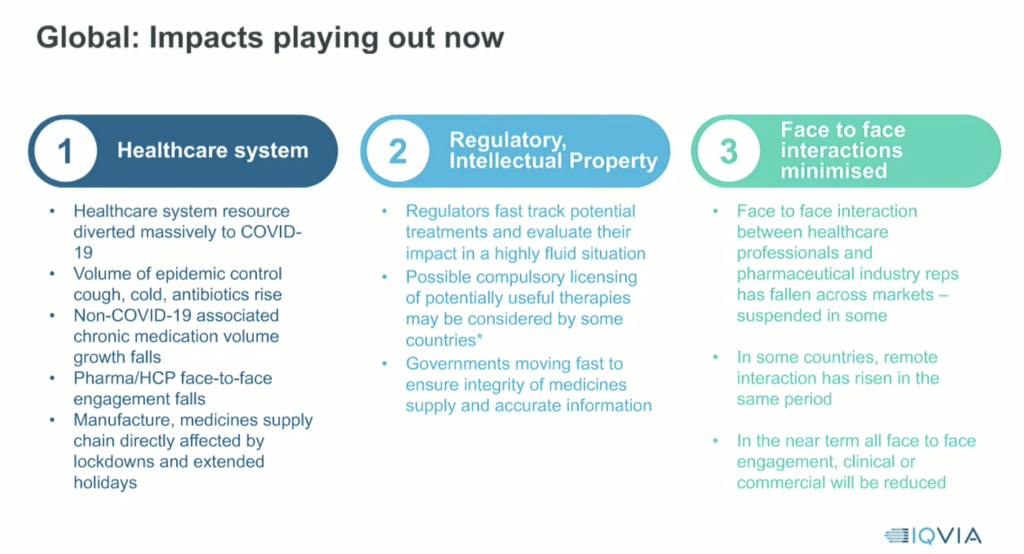
There is an immediate need to change the way that pharma companies interact with HCPs and consumers due to COVID-19. Pharma companies need to re-evaluate their marketing and sales strategies for the new barriers their customers are facing while implementing and leveraging key technology solutions to facilitate virtual engagement.
Embedding transformation that centre around patients, capitalizes on digitization, cultivates new and complicated relationships, and manages the inevitable bumps on the road, will set up pharma companies to thrive in their rapidly changing environment.
No matter how much time one has spent in thinking through the future of work, it’s time to rethink the future all over again.
Alvin Toffler in his book FUTURE SHOCK, first published in 1970, said something very apt for today’s challenging context:
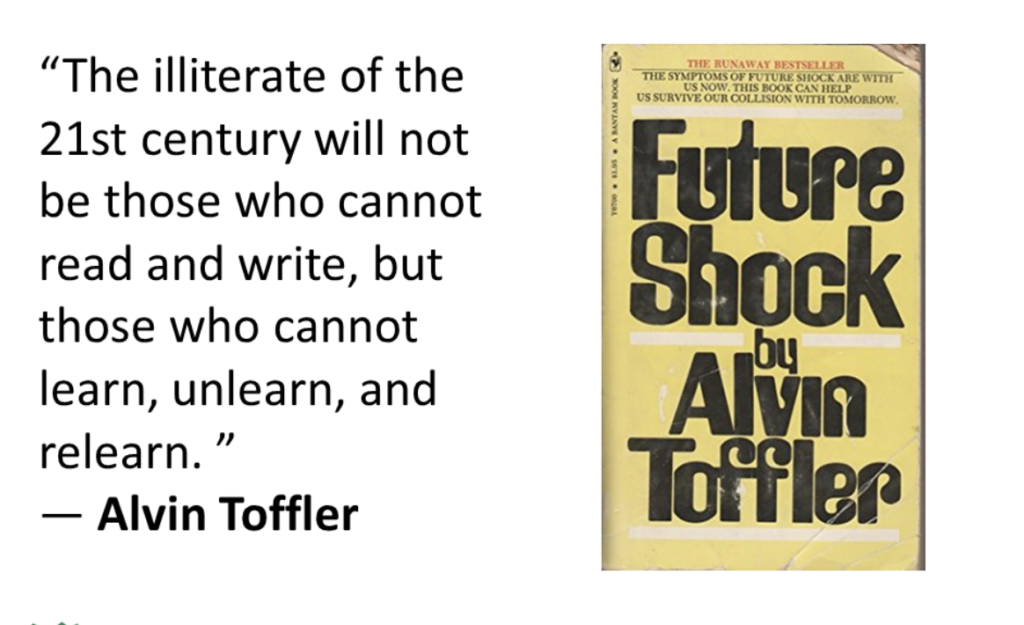
I am reminded of a story, The Guru’s cat. When the guru sat down to worship each evening, he would suddenly stop in between and ask, “Has the cat been tied and given milk?” A visitor to the Ashram who was sitting behind in one of the worships became curious and checked with an elderly ashram staff about the significance of the cat. Much to his surprise, he was told that this is relating to five decades ago, when the then Guru ordered a cat that suddenly ran across and disturbed the flow with its meows. The Guru realised that the cat was hungry and asked his Shishya to tie the cat and give some milk.
And the ritual has continued from then on.

How many practices are ritualistic? How many of them be it selling practices, marketing practices, managerial practices, etc are centred around mere efficiency and rarely on effectiveness?
There is a funny image circulating right now of a survey that asks, “Yes – Covid 19 is accelerating or at least making people sit up and think about digital transformation knocking through long- standing resistance and silos.

Covid 19 is more likely to set the agenda and the priorities of where to focus digital transformation efforts.
The key questions for leaders to reflect are: how is the current pandemic affecting their organization? And how well are they responding to minimize the threats and maximize the opportunities presented by this change? So, should they stay in circle of concern or should they move to and enlarge their circle influence? The focus therefore, should be more on approachable goals and not avoidance goals.
There is enough research done on the leadership challenges in digital transformation. Changing company culture tops the agenda with more than 60% respondents identifying it. When it comes to digital transformation journey, pharmaceuticals across the globe is below the middle of the road.
This calls for a critical look at the three elements, i.e. Vision & leadership along with digital transformation team and digital customer team.
One need to recognise that while traversing through the journey the leaders need to recognise the digital transformation inhibitors and catalysts.

Contrary to popular belief, digital transformation is less about technology and more about people. Hence, the leadership challenges involve moving beyond and focussing on teams, customers and working on the relevant data to know more about the customers and their experiences.
The leaders of today need to be well aware that the great management dilemma of the 21st century is the relationship between these two curves:
Technology is changing faster than organizations can absorb change and technology changes exponentially, whereas organizations change logarithmically.
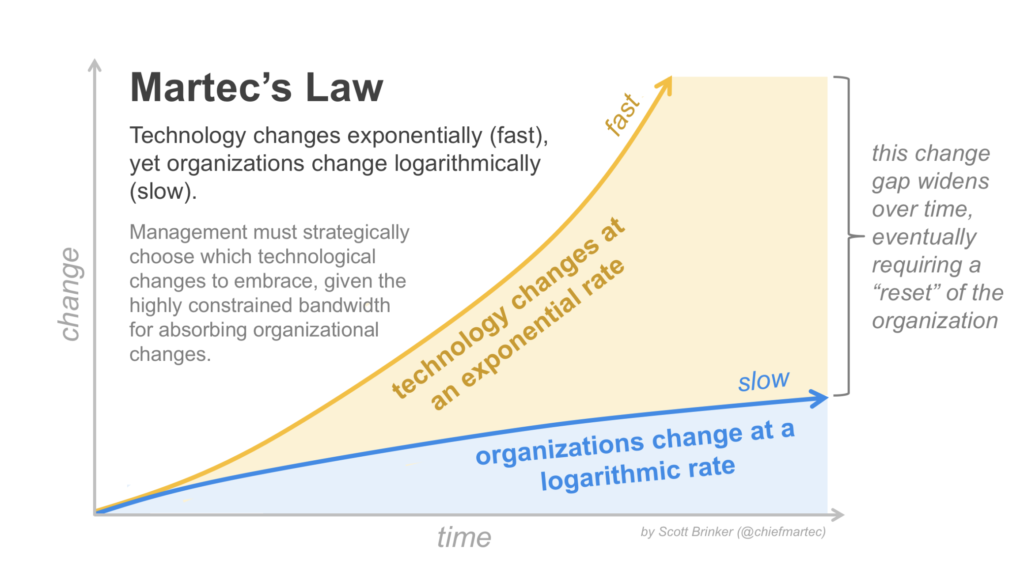
There is a need to change and change fast. The conventional SMART goals approach has to be replaced by FAST goals approach. FAST represents, Frequently discussed, Ambitious, Specific and Transparent. Understanding and applying the well tested formula of change will bring more clarity and impetus to this transformation journey.
There are four components comprising 1. The need for change, 2. Clear vision and goals, 3. Building capability to change and 4. Taking the first concrete step. Any component that is missing will reduce the chances of success.

While digital transformation helps in solving traditional problems with TECHNOLOGY, one needs to recognise that an effective combination of TALENT and TRUST helps in pushing the agenda in the right direction.
The much talked about NEW NORMAL is already giving way to the NEXT NORMAL and the path is going to be absolutely an uncertain terrain.
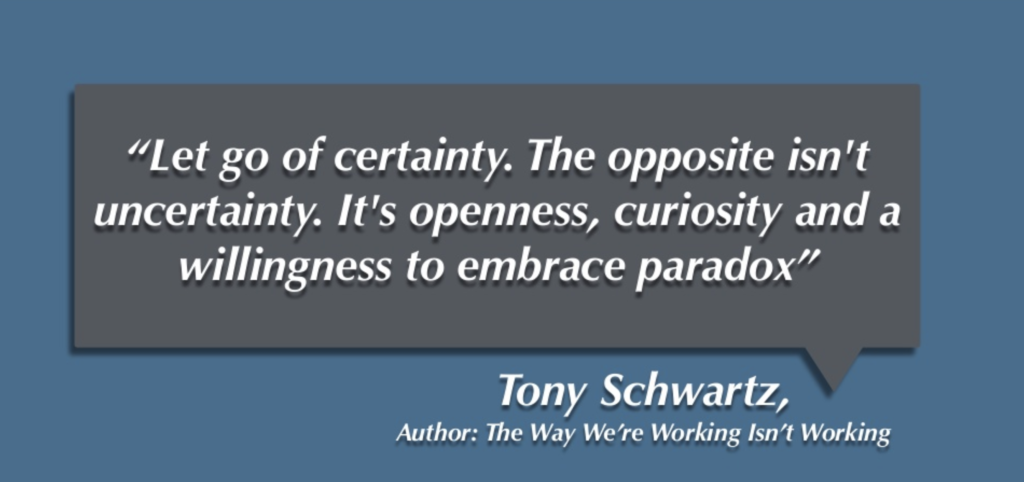
Finally, as new business models emerge from the crisis, can you become the nexus of a new, emerging ecosystem that’s built for the next normal?
Watch Hariram Krishnan on Digital Excellence Pharma Academy – all webinar videos are available for viewing to Indian pharma, devices, diagnostics and disposables company employees.
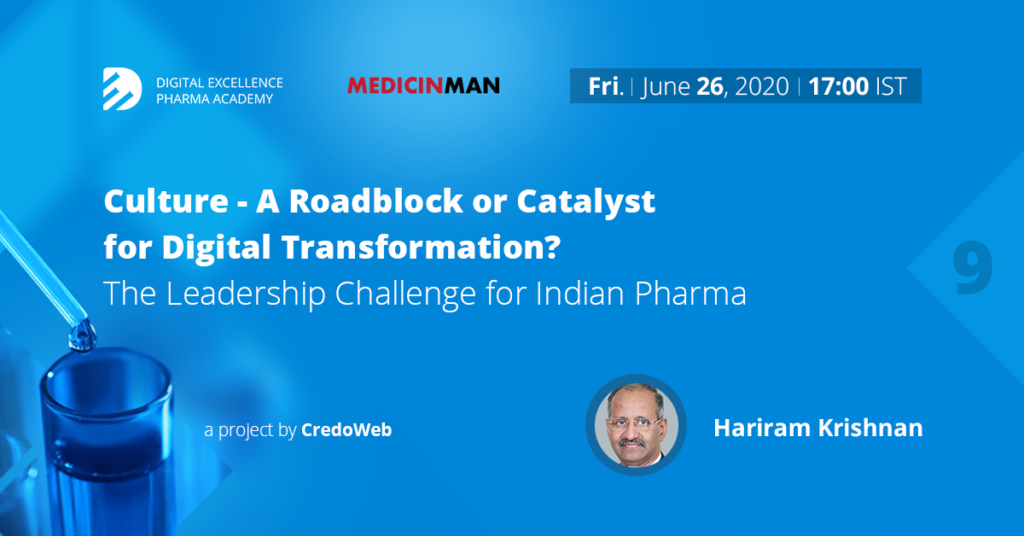
Go to www.credoweb.in
Create your “Pharma professional” registration
Follow Digital Excellence Pharma Academy page and stay tuned for the invitation.
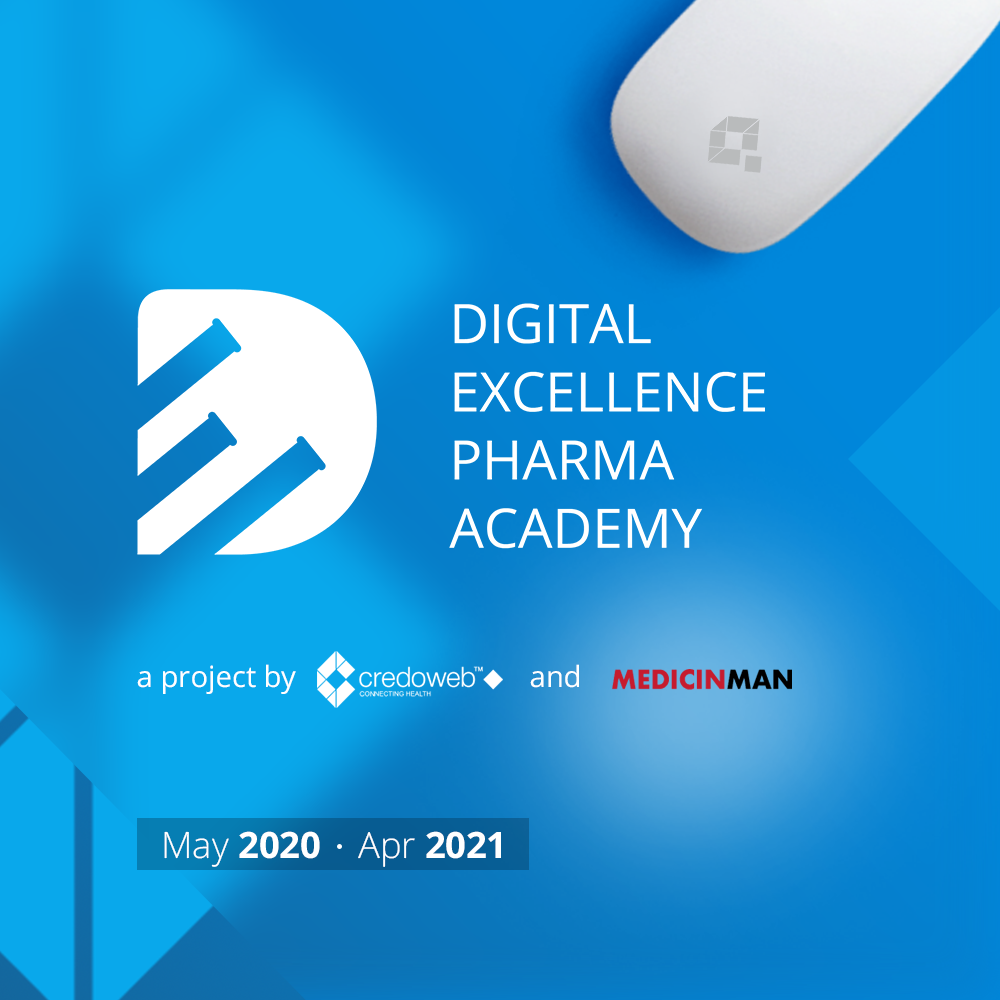
K. Hariram is the former M.D. (retd.) at Galderma India. He is Chief Mentor at MedicinMan and a regular contributor.
Email: khariram25@yahoo.com

